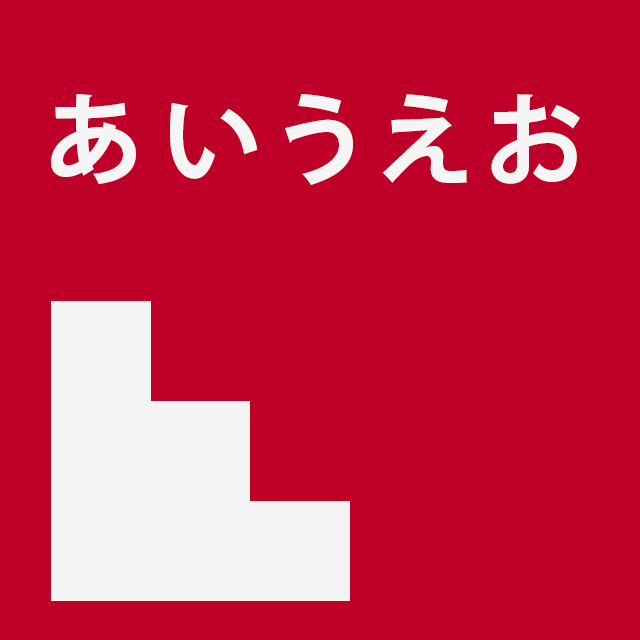Get to know more about the Japanese Language
Basic Japanese Course
This course offers the ability to understand some basic Japanese and its terms. The students will be able to read and write fundamental Hiragana, Katakana, and some beginner words in Kanji. Students will also be able to listen and comprehend conversations about topics regularly encountered in daily life.

Japanese-Language Proficiency Test
The Japanese-Language Proficiency Test (日本語能力試験, Nihongo Nōryoku Shiken), or JLPT, is standardized to evaluate and certify Japanese language proficiency for non-native speakers, covering language knowledge, reading ability, and listening ability. The test is held twice a year in Japan and selected countries (on the first Sunday of July and December), and once a year in other regions (on the first Sunday of December).
The JLPT consists of five levels. Until 2009, the test had four levels, with 4 being the lowest and 1 being the highest level of certification. JLPT certificates do not expire or become invalid over time.
JLPT Certificate can help get a job, raise the salary, understand anime, manga, drama, music, etc

Hiragana and Katakana
In the Japanese language, Hiragana and Katakana are the main alphabets. Hiragana is the most commonly used, standard form of writing Japanese where-else Katakana is used to signify foreign words. Both the kanas are phonetic, meaning they’re always read the same.
In writing Hiragana can appear to have soft round shapes, on the other hand, Katakana have sharp and block-ish shapes.

Kanji
Kanjis are pictorials that are an idea or a word in themselves. Many Japanese words are made by combining two or three Kanji. These are called compound Kanji, which are used frequently in daily conversations. There are tens of thousands of characters, of which 2000 to 3000 are required to understand Japanese newspapers. A set of 2136 characters has been officially declared as the “Kanji for everyday use”.
Kanji are used for writing nouns, adjectives, adverbs, and verbs. But unlike the Chinese language, Japanese cannot be written entirely in kanji. For grammatical endings and words without corresponding kanji, two additional, syllable-based scripts are being used, Hiragana and Katakana, each consisting of 46 syllables.

